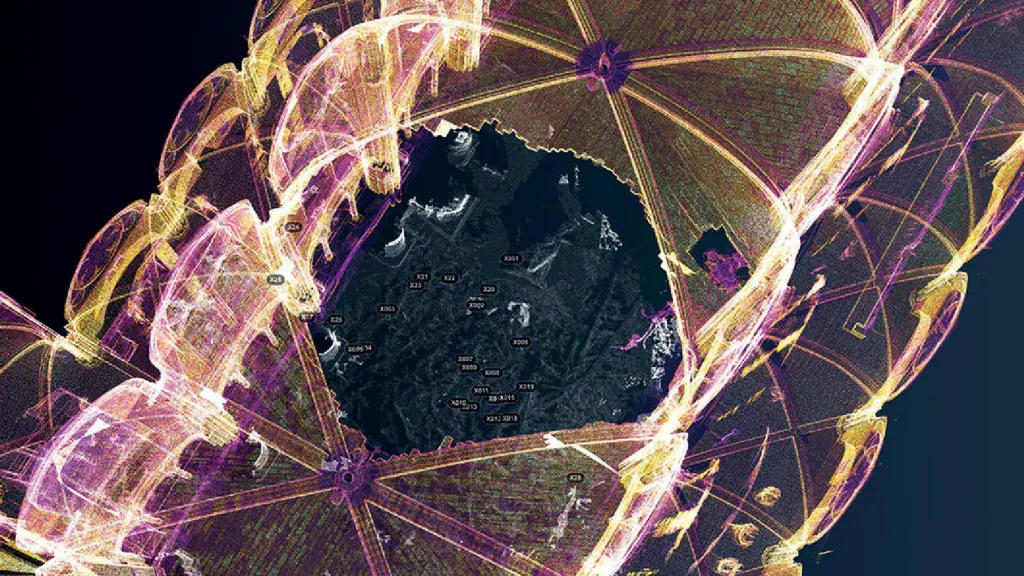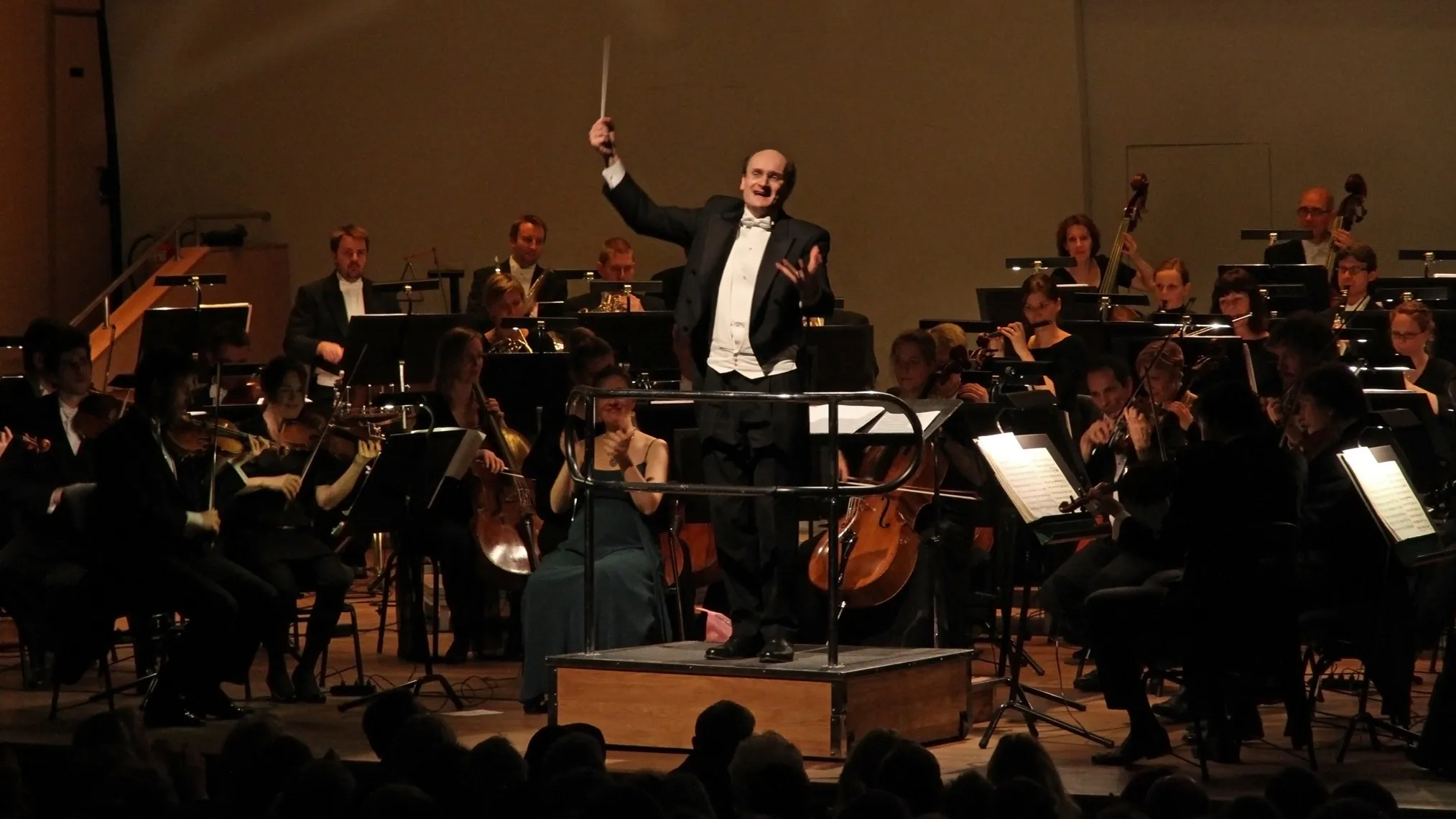The world watched in horror as the Notre Dame Cathedral went up in flames in 2019 and the historic site, built in the 12th century, suffered extensive damage. Thankfully, three-dimensional (3D) scans of the interior and exterior of the cathedral had been made prior to the fire, and advances in artificial intelligence (AI), have made it possible to categorize and analyze historical sites like Notre Dame and its artifacts faster and in greater detail than previous methods.
By ingesting massive amounts of data, AI has revolutionized historical preservation by enabling the creation of detailed 3D digital replicas of artifacts, sites, and learning, said Bob Hutchins, founder and president of Human Voice Media, an AI advisory firm.
“AI not only brings history to life, but also democratizes access,’’ Hutchins said. “Digital replicas allow people worldwide to engage with historical sites and artifacts without geographical or physical constraints. AI also enables deeper insights by uncovering patterns in historical data that were previously inaccessible, ensuring these treasures are preserved for future generations.”
Techniques such as machine learning, computer vision, and natural language processing are used to analyze, reconstruct, and animate historical data, added Hutchins, whose Ph.D. research is on the societal and cultural effects of generative AI. Unlike manual methods that might miss certain nuances, imaging techniques powered by AI make it possible to capture intricate details of artifacts, generating highly accurate digital replicas that can be used for study—or enjoyment.
“AI-powered tools analyze damaged artifacts, predicting and filling in missing sections based on similar pieces or historical records,” Hutchins said.
Quite simply, AI is transforming the way we archive and understand history.
AI’s Role in Restoring Notre Dame Cathedral
Livio De Luca, a research director at the French National Centre for Scientific Research, coordinated a multidisciplinary team to digitize and document in three dimensions the restoration work at the Notre Dame cathedral after the fire.
The 3D models were generated through photogrammetry (the process of using photographs to create automated models of real-world objects and environments and incorporating multiple overlapping images to create a digital model) and powered by AI to create what De Luca called “an invaluable digital twin for an iconic monument.”
Beyond the conservation aspect, “These reconstructions make it possible to understand the cathedral’s structural changes over the centuries and to preserve precise records of its state, particularly in situations involving damage or risks,” said De Luca, an architect with a doctorate in engineering.
The use of AI was significant, he added. “Deep learning approaches help us today to introduce new ways for correlating multi-scale and multi-temporal observations more effectively, saving considerable time for specialized works. Moreover, these techniques enable a faster discovery of factor correlations among spatial, temporal, and semantic dimensions, fostering interconnected data that then serves as a foundation for comparative analyses.”

De Luca noted that it would have been impossible to manage and annotate the significant volume of data his team accumulated—including multiple time-stamped states of the cathedral and hundreds of thousands of photographs—without the support of computer vision algorithms.
“These automated methods enable us to propagate manually created annotations onto 2D, 3D, and even 4D geometries, allowing us to track the evolution of certain details across different chronological phases,’’ he explained.
The restoration project will have other benefits too, thanks to a collection of more than 14,000 annotations already collected. “We can now train and refine segmentation and labeling models capable of automatically recognizing degradation phenomena as well as complex architectural forms,’’ De Luca said.
Replicating St. Peter’s Basilica with AI
In November 2024, the Vatican partnered with Iconem, a firm that digitizes endangered cultural heritage sites in 3D, and Microsoft, to create a digital twin of St. Peter’s Basilica. The church, located in Vatican City and more than 400 years old, is known for its Renaissance and Baroque architecture, with architects including Michelangelo and Bernini contributing to the church’s design.
The goal was not only to digitally preserve the ancient church, but to let visitors explore it from anywhere in the world. Creating the digital twin involved capturing more than 400,000 high-resolution interior and exterior images with devices that included drones, lasers, and cameras, according to Microsoft. Azure Cloud was used to process the massive volume of collected images.
Iconem’s photogrammetry data enabled AI-generated imagery, making it possible to visualize the Basilica at a more granular level and allow visitors to explore every intricate detail from anywhere in the world, the tech firm said.
Previously, 3D holograms had been used to preserve historic structures, but they do not provide the same immersive experience, nor could traditional methods rapidly analyze large datasets the way AI can, experts said.
This is where AI shines: transforming historical replication by enabling hyper-realistic digital restorations, said Paul Posea, an outreach specialist at Superside, which has sponsored initiatives including photorealistic 3D modeling of ancient sites, such as the recreation of the Angkor Wat Hindu-Buddhist temple complex in Cambodia and Rome’s Forum, using AI-driven generative algorithms to fill in gaps left by erosion or destruction.
“For example, neural networks can reconstruct ancient languages from fragmented inscriptions, generating immersive experiences where users may ‘hear’ long-lost dialects spoken,’’ Posea said.
For the Angkor Wat and Forum initiatives, Superside worked with partners to combine AI capabilities with neural radiance fields (NeRFs) and create quite accurate 3D reconstructions from images, he said. The firm also used generative adversarial networks (GANs) to fill in missing details where there was structural collapse or erosion. Models of natural language processing (NLP) were used to reconstruct historic languages and inscriptions. Augmented reality platforms also played a role, integrating with AI to overlay the reconstructions in real-world environments.
The projects were not without some key challenges, which Posea said included data gaps because many parts of the sites were too eroded to capture reliable data. In those instances, “AI algorithms were trained using historical images and comparative architecture to make plausible reconstructions,’’ he said.
Computational resources were another issue. “Processing massive datasets and training AI models requires high-performance computing, which we managed by leveraging cloud-based platforms to expand resources on demand,” Posea said.
Preserving vulnerable historic sites and artifacts means future generations can experience them, even if there is physical site degradation. Creating digital reproductions with AI also changes our perspective of history. “AI lets individuals experience history interactively rather than merely reading about it by reconstructing historical landmarks with hyper-realistic accuracy,’’ Posea said.
Using AI to Dynamically Update a Historical Environment
To develop a virtual tour of ancient Rome, digital services firm Nerdigital used augmented reality (AR), virtual reality (VR), and AI technologies so visitors could view restored images of sites like the ruins of the Colosseum and the Baths of Caracalla with a smartphone, tablet, or AR glasses.
“AI-driven simulations added life-like elements such as weather effects, bustling crowds, and the vibrant colors of ancient frescoes, which might not survive today but are inferred from traces of pigment,’’ said Max Shak, Nerdigital founder and CEO.
“One of the most exciting features of the VR project was the ability to explore historical sites across different periods,’’ he added. “For example, users could see the Colosseum during its construction, at the height of its glory, hosting gladiatorial games, and even during the medieval period when it was repurposed for housing and workshops. AI algorithms dynamically updated the environment based on the chosen era, adjusting architectural details, costumes, and societal context accordingly.”
AI is invaluable as the backbone for many innovations in AR and VR, enhancing accuracy, interactivity, and user engagement, Shak said. “Preservation and authenticity were at the heart of this project. The primary goal was to digitally recreate ancient Rome as accurately as possible, reflecting its evolution over time,’’ Shak said. “Our team collaborated with archaeologists, historians, and architects to analyze ancient texts, blueprints, and physical ruins.”
Several cutting-edge AI tools were leveraged, including AI models that were trained to interpret incomplete archaeological data, filling in gaps in structures and artwork by analyzing patterns and historical parallels. NLP was used to synthesize historical records and documents, helping Shak’s team reconstruct accurate details about the Colosseum, forums, and other landmarks. AI-driven texturing and rendering tools, including Nvidia Omniverse and Unreal Engine 5, enabled the team to generate photorealistic textures and lighting for the VR experience, he said. AI-assisted rendering allowed for real-time adjustments based on user interactions. Behavioral AI technology created interactive characters representing Roman citizens, “each with unique routines and dialogue, offering users a rich, immersive experience,’’ Shak said.
The preservation aspect extended beyond visual accuracy to include cultural and social nuances, he noted. “For example, we worked on reconstructing not only the architectural grandeur of the Colosseum, but also its dynamic atmosphere, such as crowds cheering at games or vendors selling goods. By embedding these details, we helped preserve the living history of ancient Rome for future generations.”
Barriers to Digitizing History and Considerations
For all its benefits, preserving history with AI also comes with a set of challenges, not the least of which is technological obsolescence, according to Zoe Abbie Teel, a graduate teaching assistant at the University of North Texas, in her 2024 article in the journal Preservation, Digital Technology & Culture, “Artificial Intelligence’s Role in Digitally Preserving Historic Archives.”
“The rapid pace of technological evolution introduces a formidable barrier, questioning the sustainability of preservation efforts, and a comprehensive solution to coping with ever-evolving technologies remains elusive,’’ Teel wrote. This raises a fundamental question about how we determine what to preserve when faced with constant advancements, given the subjective nature of significance, she said.
“However, the introduction of AI into the preservation landscape introduces a potential avenue for overcoming this barrier, as AI’s ability to optimize storage, discern patterns, and facilitate decision-making could potentially alleviate the burden of subjective choices,’’ Teel said.
When incorporating AI into preservation and archiving procedures, Teel stressed the importance of carefully assessing the ethical implications. AI, she pointed out, “carries both advantageous and detrimental consequences, particularly concerning issues such as bias and privacy, and it is imperative for archivists to be mindful of these potential challenges when deciding on the application of AI in their processes.”
She recommended that archival researchers leverage their expertise to create literature to support practitioners in decision-making surrounding AI for preservation purposes. “A suggested initial move in incorporating AI into the preservation process could be to task it with assigning metadata at a smaller scale, such as year, relative condition, type, and so on,’’ Teel wrote. “This approach would allow professionals in the field to acclimate to the workings of this technology, experiencing its benefits and assistance in a reversible, less permanent manner.”
Further Reading
- Ahmed Gaber, J., Moustafa Yousef, S., and Mohammed Fathalla, K.
The Role of Artificial Intelligence and Machine Learning in Preserving Cultural Heritage and Art Works via Virtual Restoration. ISPRS Annals of the Photogrammetry, Remote Sensing and Spatial Information Sciences, Volume X-1/W1-2023 ISPRS Geospatial Week 2023, 2–7 Sept. 2023, Cairo, Egypt. https://isprs-annals.copernicus.org/articles/X-1-W1-2023/185/2023/isprs-annals-X-1-W1-2023-185-2023.pdf - Artificial Intelligence in the Context of Cultural Heritage and Museums: Complex Challenges and New Opportunities, Think Tank, European Parliament, 2023. https://www.europarl.europa.eu/thinktank/en/document/EPRS_BRI(2023)747120/
- Comte, F., Pamart, A., Reby, K., and De Luca, L.
Strategies and Experiments for Massive 3D Digitalization of the Remains After the Notre Dame De Paris’ Fire. The International Archives of the Photogrammetry Remote Sensing and Spatial Information Sciences XLVIII-2/W4-2024:127-134. February 2024. https://bit.ly/3PJNZOm - Stoean, R., Baconin, N., Stoean, C., and Ionescu, L.
Bridging the past and present: AI-driven 3D restoration of degraded artefacts for museum digital display. Journal of Cultural Heritage. Volume 69, September-October 2024, pages 18-26. https://www.sciencedirect.com/science/article/abs/pii/S1296207424001468 - Teel, Z.A.
Artificial Intelligence’s Role in Digitally Preserving Historic Archives. February 2024. https://www.researchgate.net/publication/378585286_Artificial_Intelligence’s_Role_in_Digitally_Preserving_Historic_Archives - The AI Time Capsule: Preserving Human Knowledge and Culture for Future Generations. Medium, January 2024. https://oluwafemidiakhoa.medium.com/the-ai-time-capsule-preserving-human-knowledge-and-culture-for-future-generations-07460993b7a3




Join the Discussion (0)
Become a Member or Sign In to Post a Comment